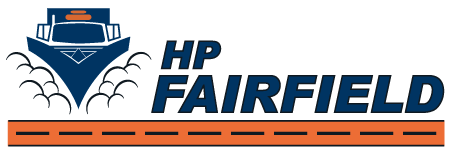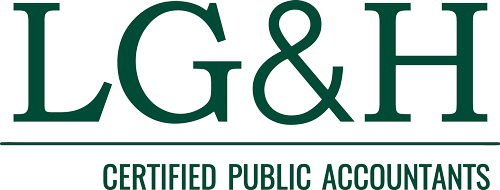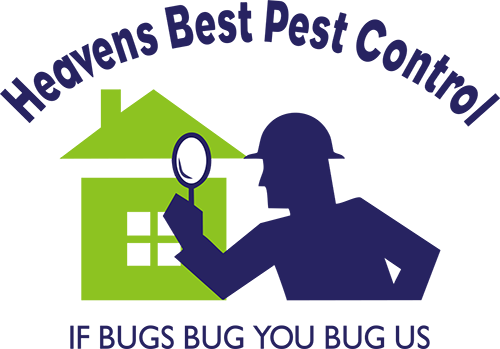Tips for Recovering From a Google Search Engine Penalty

Google searches are an important source of site traffic. Google Penalties can hit hard with a loss of unique visitors and a loss of revenue. However, sites can recover from a Google search engine penalty. The trick is to act fast and be thorough.
What are Google Penalties?
There are two basic ways to be penalized on Google, an algorithmic and manual penalty.
Algorithmic Penalty
An Algorithmic Penalty happens when Google updates its search algorithm in a way that negatively affects a site’s ranking. For example, Google’s ‘Panda’ update in 2011 responded to complaints about thin or shallow content. As a result, the ranking for this content dropped after the update.
A top-heavy update penalized sites that featured too many ads when visitors arrived at the site, making it difficult for them to find the relevant content. A ‘Penguin’ update punished webmasters for link spam. Google is continually updating its algorithm to weed out what is not original, quality content.
Manual Penalty
A manual penalty is given for incorrect uses of SEO tactics. This can be done intentionally or by those unfamiliar with the changing rules for webmasters. One problem that can result in a manual penalty is keyword stuffing, such as displaying long lines of keywords to attain a higher Google page rank.
Another offense is hiding text, links, or even cloaking a whole website so that a visitor is uninformed or even tricked. Google trusts websites that display content openly. Paid links for linking credit are another reason for penalization. Visitors, keywords, and links must all lead to the site naturally. Doing otherwise only hurts your ranking in the end.
Partial Penalties vs. Site-Wide Penalties
Receiving a penalty does not mean that your entire site has lost ranking. It is possible to receive a partial penalty. This means that only certain links or pages are affected by the change in ranking. Site-wide penalties affect the ranking of an entire site.
Recovering from a Google Penalty
A Google penalty is not the end of your site, your Google ranking, or Google-generated traffic. There are ways to find the problem and make a change. Then, recover from the penalty.
The first step to dealing with a Google penalty is to make sure you have one. A drop in ranking does not automatically mean Google penalized you. First, check Webmaster Tools. If you received a manual penalty, that is where you find the notice.
An algorithmic penalty is trickier. No notice is sent. In this case, use the Penguin Tool by Barracuda Digital paired with your Google Analytics account to match your drop in traffic with algorithm updates. Once you determined that a Google penalty is the cause of a drop in page ranking, the next step is to figure out the problem.
For some, the problem may be obvious. Refer to the first section of this article for explanations about common problems such as shallow content and unnatural links. Other webmasters may be unaware of the cause of a penalty.
Use Google’s Webmaster Tools to investigate these areas further:
- Double-check all site Settings are correct.
- Check Diagnostics to determine if your site is distributing malware.
- Check Crawler Access for broken or invalid links.
Move on to outside issues once in-site content and linking have been checked. Find your backlinks. If you don’t have a list of backlinks already, use a backlink checker tool such as Majestic SEO. This step is all about determining what is leading back to your site. You want to know where the link exists and what anchor text is used.
The list of backlinks determines the origin of the weak links that reflected badly on your site. You can use Google to check the domains where the backlinks were found. Make sure the domain is indexed and has a strong ranking. Your site may have been linked on a weak link directory. Also, make sure there is nothing in the link that suggests that the backlink is a deliberate SEO tactic.
As you remove links, keep a record of the work you did to correct the problem that resulted in the penalty. This is the proof that you will send to Google. Keep a list of link removals. Also, keep proof that you contacted the webmasters in the interest of removing the links from problem sites.
If links could not be removed because you received no response or because the webmaster refused, use Google’s Disavow Links Tool to disavow them. The proof of contact from the previous step will assure Google that you are disavowing links only as a last resort.
Send Google a Reconsideration Request
You want to make sure you did as much work as possible before contacting Google. Be detailed. Assure them that the problem has been solved. Include the proof of your efforts. Furthermore, you want to convince them that the problem will not arise again once they remove the penalty.
Do this by being clear about the issue. Whether this means taking responsibility for personal mistakes, no longer employing questionable SEO experts, or hiring a true expert to keep your site up to Google’s standards. Finally, wait for a response to your reconsideration request.
This could take a few weeks. Your request can be rejected. Further investigation may be needed. If so, wait a couple more weeks before sending in another reconsideration request. Giving yourself time to fix things makes a better impression than sending in a reconsideration the day after the first was rejected.
If Google agrees to remove the penalty, remember that your site will not automatically return to its previous rank. The steps to removing the penalty still constitute only the first step to returning your website to trusted status.
———————————————
Links Web Design is a Website Design Company in Bangor, Maine.









